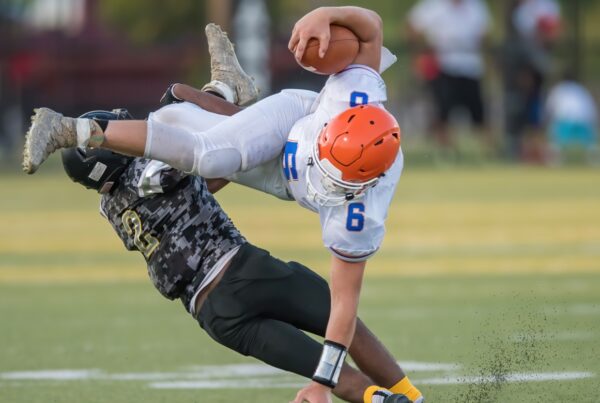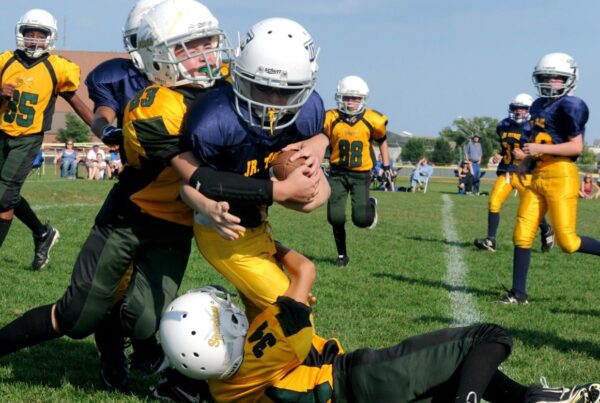by David Merson, DPT, ATC
Many athletes may be wondering – would taping help stabilize my ankle/knee/shoulder? Would it help with arch support? To help navigate this question, I have laid out some basic taping information on the most common taping interventions. First, however, it is important to understand that taping is a skilled sports medicine technique. It requires a patient/athlete to demonstrate clinical signs and symptoms to indicate that taping is a good option in each individual case.
In general terms, taping provides stability and support. Taping is not a long-term solution, but rather a temporary one until a patient can transition to a brace or to a point when external support is no longer needed. Furthermore, taping will not prevent an injury, but it will create joint awareness by bringing the patient’s attention to the taped area.
Below you will find some of the most common taping interventions used at Boston Sports Medicine:
Patellofemoral alignment taping: Using a method called McConnell taping, the knee cap (patella) can be re-aligned with assistance of this taping method.
The most common injury treated with this method of taping is poor kneecap (patella) alignment.
Arch Taping: Have you ever heard of “flat feet”?? Arch taping provides additional support along the inside of the foot in an effort to re-create the arch. Restoring this arch helps correct the overall alignment of the foot.
Ankle Taping: This method of taping can provide temporary ankle stability. However, because most ankle tape loses its adhesive and structural strength, ankle taping is best used as an interim solution prior to getting an ankle brace.
At Boston Sporine, we commonly use the following tape products:
Standard White (Athletic) Tape, Pre-wrap, Cover Roll, Leukotape, Powertape, Proflex
Dr. Merson is a physical therapist at Boston Sports Medicine



